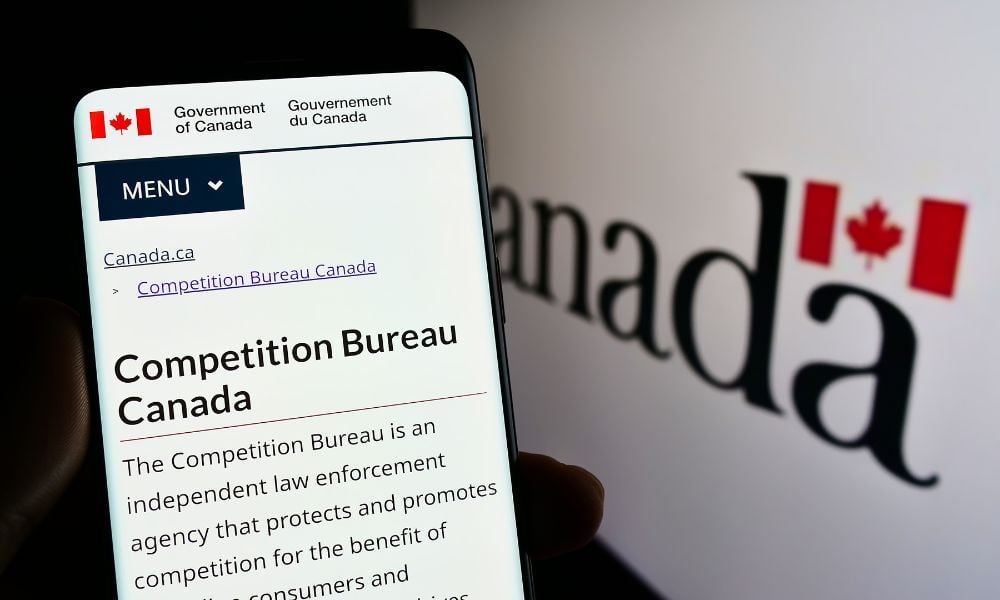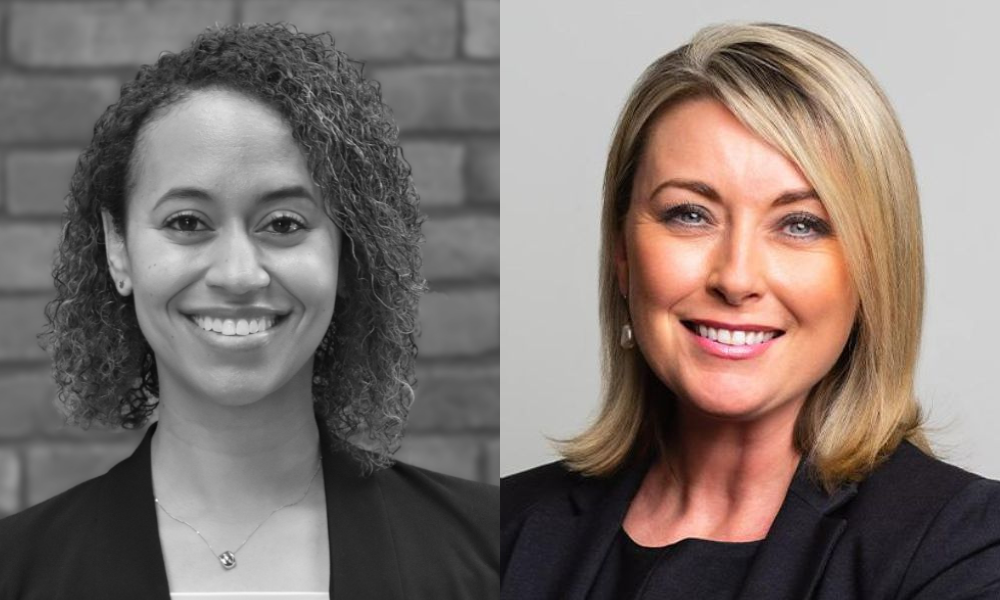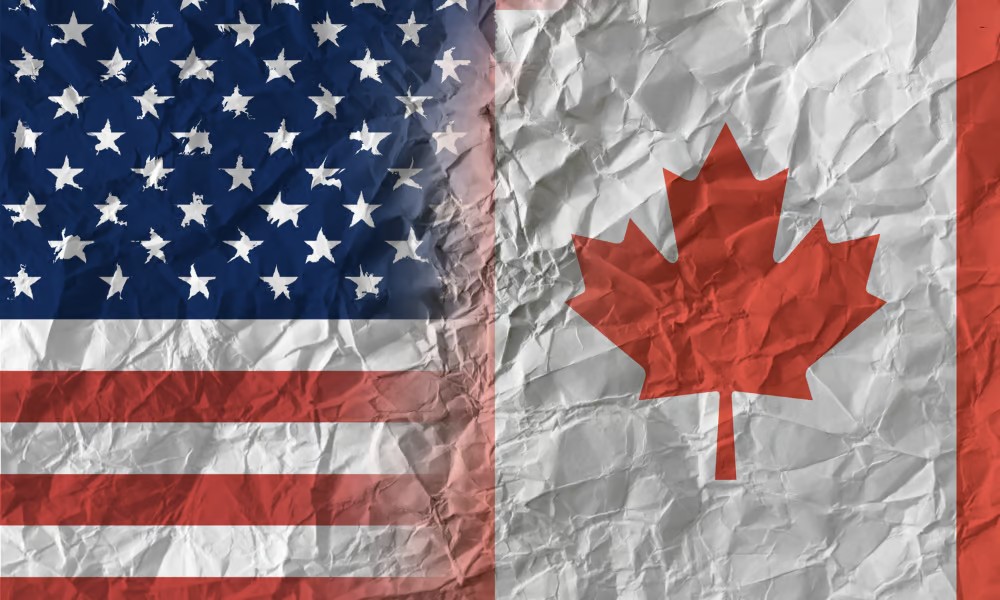'If the official statement is 'We really value diversity, yet we are going to be cutting back the diversity initiatives,' that's going to seem very hypocritical and very dishonest': academic

Some HR leaders in Canada may be having difficult conversations in the coming months if the sudden pullout of three major Pride Toronto corporate sponsors last week is any indication.
The development presents a pressing question for HR leaders across Canada: How should organizations communicate changes to DEI policies to employees, especially when reductions or eliminations may signal a deeper shift in corporate values?
Camellia Bryan, assistant professor of organizational behaviour and human resources at the UBC Sauder School of Business, stresses the importance of empathy when communicating these changes.
“Especially for people who are targets of DEI initiatives, this can be quite emotional, because it's not just signaling that your organization's changing initiatives,” says Bryan, whose research focuses on corporate communication about DEI.
“It can really signal a change in values, and that can be really threatening. It can be a sign that maybe your identity is not safe, maybe you don't feel like it's valued."
Ensuring employees still feel supported amidst DEI cutbacks
To preserve employee morale and also retain talent, it’s essential that HR professionals ensure employees continue to feel valued and supported, says Bryan; even when formal DEI programs are cut, organizations can still engage in diversity efforts under different branding or policies.
"If you have programs that can still support those employees in other ways, it's important to highlight that,” she says, highlighting that many companies still pursue DEI principles, albeit in a more discreet manner.
“Sometimes, it's just a matter of branding – so some organizations, they're still covertly or maybe low-key doing some of these principles and ideas, but they're doing it under different names."
For example, some organizations facing DEI backlash have rebranded DEI departments or roles as "People and Culture" focused, Bryan points out. They still work toward the same goals under different labels, she says, adding that HR professionals should clearly communicate what forms of supports remain available, whether through mentorship programs, leadership training, or workplace culture initiatives, to reassure employees that inclusion remains a priority.
Being transparent about DEI cutbacks, and avoiding contradictions
Pride Toronto executive director Kojo Modeste has linked the withdrawals – which he says come from long-standing “gold” sponsors that operate in Canada as well as the U.S. – to President Donald Trump’s executive orders on federally funded DEI programs.
"If I say I am surprised, I will be telling a lie because we have been there in the past,” Modeste said in a CBC News report.
“But I'm very disappointed because so much work has been done to get us where we are, in understanding and doing diversity, equity and inclusion work. And knowing that one or a group of individuals can just cancel that, it really saddens my heart."
High-profile companies like Amazon, Meta, McDonald's and Target have rolled back DEI initiatives south of the border, prompting backlash from employees and critics who say the moves show a lack of authenticity.
This is why one of the most critical aspects of communicating DEI policy changes is transparency, Bryan emphasizes, because employees will notice inconsistencies in stated values and actions, and mixed messaging from management and HR can lead to employee distrust.
"The company needs to be really transparent,” she says.
“If the official statement is ‘We really value diversity, yet we are going to be cutting back the diversity initiatives immediately,’ that's going to seem very hypocritical and very dishonest."
Instead, she advises HR leaders to openly acknowledge the reasons for policy shifts while reaffirming the organization’s ongoing commitment to fairness and inclusion. Acknowledging that employees may feel frustrated or disheartened can go a long way, Bryan says.
Creating safe spaces for underrepresented employees to connect and encouraging informal networking groups are ways HR can uphold inclusion without structured DEI programs, she adds. For instance, employee resource groups (ERGs) can continue to meet and create networks even without formal organizational sponsorship.
Making a business case for inclusion – addressing DEI opposition
Some opposition to DEI policies stems from ideological beliefs or concerns about fairness, regardless of ample research that shows bottom-line benefits to having a more diverse workforce.
HR professionals, especially those in non-executive roles, may find it challenging to push back against senior leaders who are reducing these initiatives; to address this, Bryan suggests understanding the root of resistance and framing DEI as beneficial to all employees and the organization.
HR leaders can also highlight how inclusion impacts business outcomes. Research suggests that diverse workforces tend to be more innovative and engaged, leading to better financial performance. Bryan notes that public perception is also a factor.
"There is a huge part of the population who care about these values, and it will shape how they're going to consume,” she says.
“It's also going to shape what kind of companies they want to apply to, and also how hard and engaged they'll be with your organization."
For HR leaders who are deeply invested in DEI, maintaining optimism and modeling inclusive behaviours can also make a difference, Bryan says.
Encouraging employee-led resource groups, fostering open discussions about workplace inclusion, and ensuring diverse perspectives remain represented in decision-making can help sustain DEI values without requiring formal programming.
"Make sure to model these behaviours,” she says. “Being, for example, an ally to underrepresented groups in your organization, even if you're not saying specifically that it’s DEI. People who see that will see that you're supportive. And that can also be a safety cue, where you'll feel more included, at least. You know that the HR department, for example, is supportive in that way."
How long will DEI backlash continue?
The three corporations have not been named by Pride Toronto, as the organizers say they hope to work with them again in the future. Employers can take a cue from this strategy, Bryan says, as some organizations that draw back on DEI initiatives now due to political pressure from the U.S. may bring them back again in the future.
Companies should avoid completely dismantling their DEI infrastructure, she says, as rebuilding from scratch can be costly and time-consuming.
"The backlash … it's going to continue, but how long will it continue? There might be, then, a need or desire to restart these programs,” Bryan says.
“So [it’s about] just being aware: how can you still have some of these values in these organizations, so that if you do want to bring them up again, you're not just starting from zero and having to restart? Because it probably took a lot of work to create all this infrastructure, to create these initiatives."




